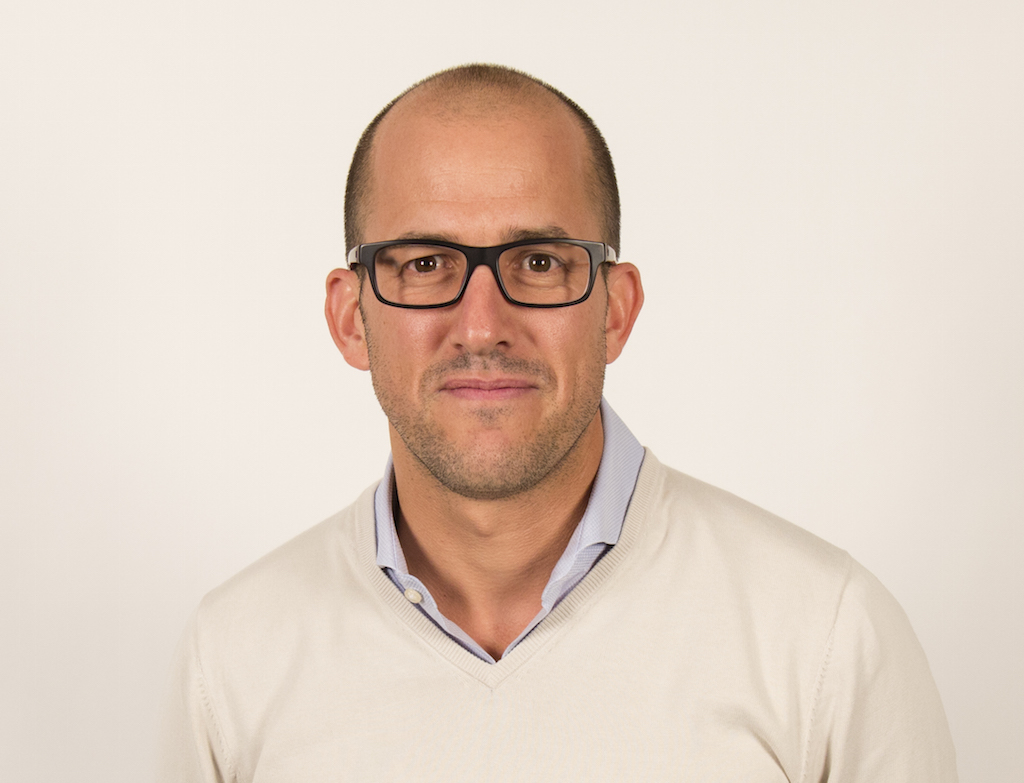
A post on MakerBot’s blog by CEO Jonathan Jaglom describes some “significant changes” happening today at the personal 3D printer manufacturer.
Jaglom, the newly appointed CEO of the pioneering company, has been slowly re-shaping the company in an effort to become more effective in his first six months at the helm. He’s previously made changes to the sales and marketing structure, support processes and other areas. He’s spent considerable time working with MakerBot stakeholders to understand deeply their situation so that an effective plan can be implemented.
Now we see even more significant changes. Specifically, this is what’s happening today:
-
Reorganizing our teams and reducing our staff by 20% globally
-
Changing our leadership team to focus on our people and the MakerBot 3D Ecosystem
-
Moving our R&D teams from Industry City in Brooklyn to our corporate headquarters at MetroTech in Downtown Brooklyn. This will bring our teams closer together, ensuring more collaboration and easier communication. The MakerBot Factory will remain in Industry City in Brooklyn.
-
Setting a defined product development plan that is centered around building connected products within our ecosystem
-
Working with a contract manufacturer to produce 4th generation products to save on costs and focus our teams at our factory in Brooklyn on our current generation of MakerBot 3D printers
Let’s take these one at a time. First, a reduction in force of 20%. That’s significant, but we felt that MakerBot may have grown too quickly in its heyday and it is quite possible they have more staff than actually required.
Centralizing teams is a very good idea, as proximity contact can often lead to useful outcomes. This can’t happen easily if your research and development teams are disconnected from day-to-day operations. This, we feel, is a very good move.
A “defined product development plan” is an interesting signal. It definitely means they’re going forward with new products, as we have long suspected. This also sounds like they’re putting into gear a series of development steps that could mean incrementally improved equipment released at intervals, similar to how the company initially launched. But this time, the company has been reorganized to handle much larger product volumes.
Finally, it seems they’re outsourcing production of older models to (possibly) an inexpensive offshore manufacturer, so that they can focus on current products. This is also a good idea, but it does risk changes in product quality that they’d have to monitor very closely. It also suggests there is still demand for the remaining 4th generation products, namely the Replicator 2X.
Why are these changes happening now. According to Jaglom:
We have achieved a lot as a team, but we have also been impacted by the broader challenges in our industry. For the last few quarters, we did not meet our ambitious goals and we have to make significant changes to ensure MakerBot’s future growth and success. In order to lead our dynamic industry, we need to get back to our entrepreneurial spirit and address our fractured organizational structure.
3D printing industry observers will resonate with this, as it is increasingly clear there are market challenges not only for MakerBot but most of the other players too.
While these changes may be painful for some at MakerBot, we see this is a healthy step to transforming MakerBot into a company more capable of thriving in today’s turbulent desktop 3D printer market.
Via MakerBot

